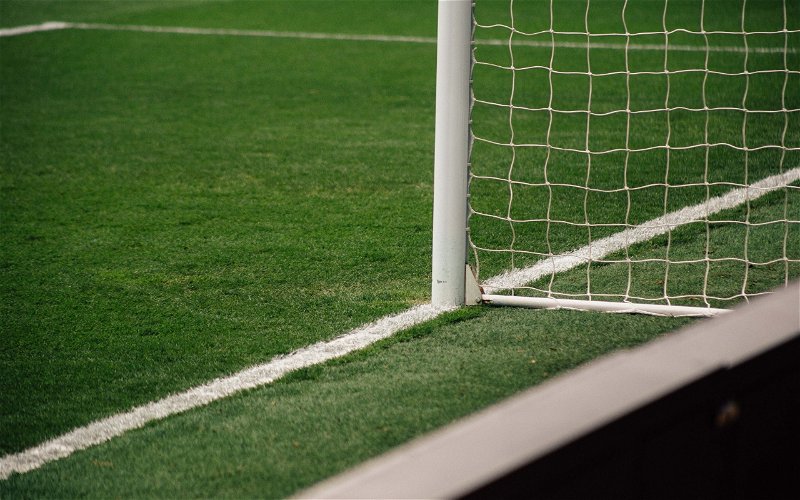Celtic Football Club is one of the oldest and most successful clubs in Scotland. Since its founding in 1887, Celtic has gone through many different phases in terms of playing style. Fans of the sport have also had the opportunity to support them and even get in on the action.
Celtic’s constant domination in the league meant they were often favorites to win the league. And that also made them a good team to bet on. Also, thanks to sites like bet365 that made it easy for bettors to stake on the Scottish side as well as other teams, their popularity sky-rocketed in the gambling universe. We saw players placing all sorts of futures bet on the team to win the league because it was crystal clear.
The club was also entertaining as they always prided itself on playing attractive and attacking football, but the tactics and formations have changed over the years. In this article, we will take you through this transformative process.
The Early Years
When Celtic was founded in 1887, the game of football was still in its infancy. The club’s early playing style was characterized by a focus on physicality and direct play. At the time, there were no formalized tactics or formations, and players were expected to simply “kick and rush” the ball up the field as quickly as possible.
As the game began to evolve, Celtic started to adapt its playing style. In the early 1900s, the club became known for its use of the “wing-half” system, which involved deploying a trio of midfielders to control the center of the field and feed the ball out to the wingers on either side. This system allowed Celtic to dominate possession and create chances from wide areas.
The Lisbon Lions
The 1960s and 1970s were a golden era for Celtic, as the club won a number of domestic and international trophies. The team that achieved the most success during this period was known as the “Lisbon Lions,” who won the European Cup in 1967. This style of play worked to great effect during Rodgers’ first season in charge, as Celtic won their first-ever domestic treble and reached the knockout stages of the UEFA Champions League.
Under the leadership of legendary manager Jock Stein, the Lisbon Lions fancied a 4-2-4 formation that was well-suited to their attacking strengths. The team had a reliable front four that was firing on all cylinders. This elite frontline comprised:
- Jimmy Johnstone
- Bobby Lennox
- Willie Wallace and
- Stevie Chalmers
Their ability to interchange positions made them pretty difficult to defend against.
The Modern Era
In the years since the Lisbon Lions, Celtic has continued to evolve its playing style. In the 1990s and early 2000s, the club relied heavily on a physical and direct style of play, with long balls and crosses being a key feature of their attacking approach.
More recently, however, Celtic has shifted towards a possession-based style of play. Under the management of Brendan Rodgers, the club used a 4-2-3-1 formation that focused on dominating possession and creating chances through patient build-up play. This style of play was particularly effective during Rodgers’ first season in charge, as Celtic won an unprecedented domestic treble and reached the knockout stages of the UEFA Champions League.
In the years since Rodgers’ departure, Celtic has continued to experiment with different formations and tactics. The current manager, Ange Postecoglou, has implemented a high-pressing style of play that emphasizes quick passing and movement. This style of play has been successful at times, but the team has also struggled with consistency and defensive frailties.
Conclusion
Celtic’s style of play saw various setups, reflecting changes in the game of football as well as the specific strengths and weaknesses of the club’s players. This is reflected in the initial physical style of the early years to the more possession-based approach of more recent years. Celtic has always been a team that values attractive and entertaining football. As the club moves into the future, it will be interesting to see how their style of play continues to evolve and adapt to new challenges and opportunities.
Image from: unsplash.com
